15 Most Beautiful Places to Visit in Spain
These are 15 of the best places to visit in Spain, from charming villages to gorgeous beaches.
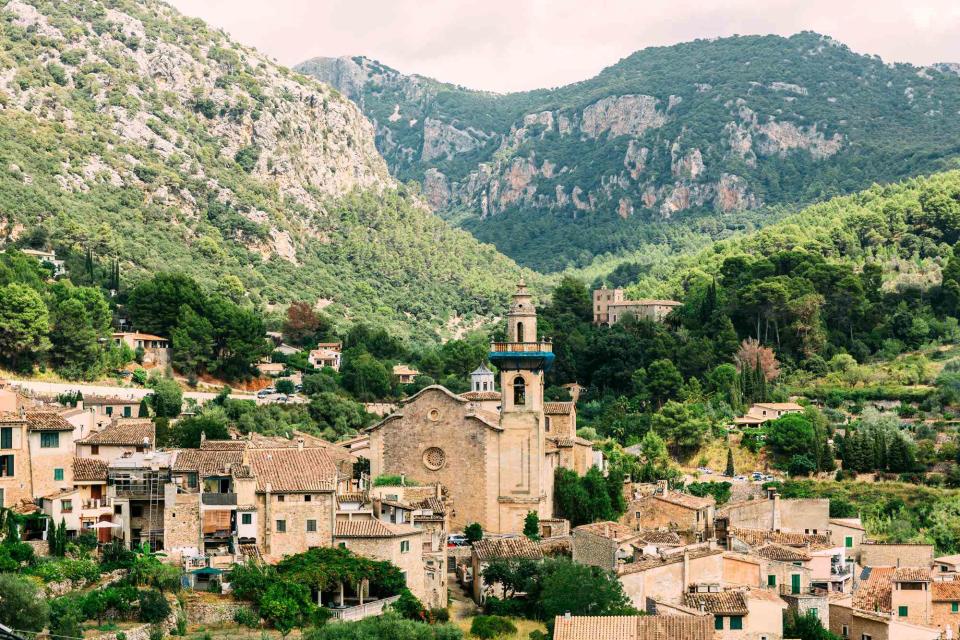
Alexander Spatari/Getty Images
Spain is not a monolith. The country on the Iberian Peninsula comprises 17 autonomous regions, each with distinct culture — with local food, drinks, and music — landmarks, and scenery. From beautiful Balearic beaches and the Antoni Gaudí architecture that shapes Barcelona to the rolling vineyards of Rioja and the Royal Palace in Madrid, Spain brims with historic sights, idyllic landscapes, and delicious cuisine. Needless to say, it’s pretty easy to pack an itinerary. Don’t worry about overdoing it — siestas are a well-established afternoon ritual, something pretty necessary if you're going to stay up for a 10 p.m. dinner.
Here are 15 of the best places to visit in Spain.
Royal Palace of Madrid
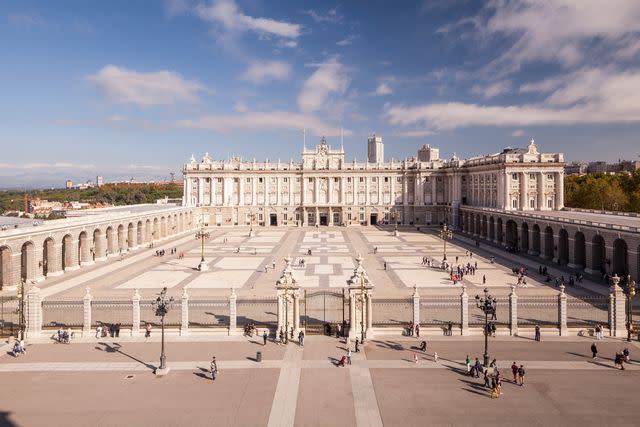
Julian Elliott Photography/Getty Images
The Royal Palace of Madrid has the distinction of being the largest royal residence in Western Europe. Although the Spanish royal family doesn’t actually reside there anymore, the 3,418-room architectural marvel is still used for state ceremonies and welcomes visitors who come in droves to admire the priceless artwork, armor, and gilded décor.
Platja de Ses Illetes
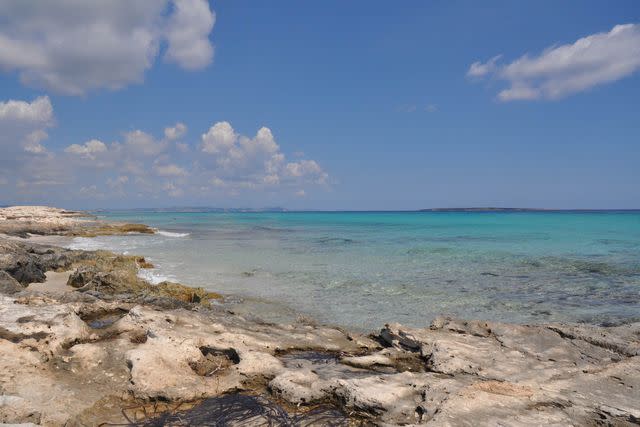
Silvio Meoni/Getty Images
Set on the tiny Balearic island of Formentera, Platja de Ses Illetes consistently ranks as one of the most beautiful beaches in Spain. A narrow strip of paradise that’s blessed with pristine white sand and warm, shallow, turquoise waters, it’s the perfect spot for a dreamy day trip.
La Sagrada Familia
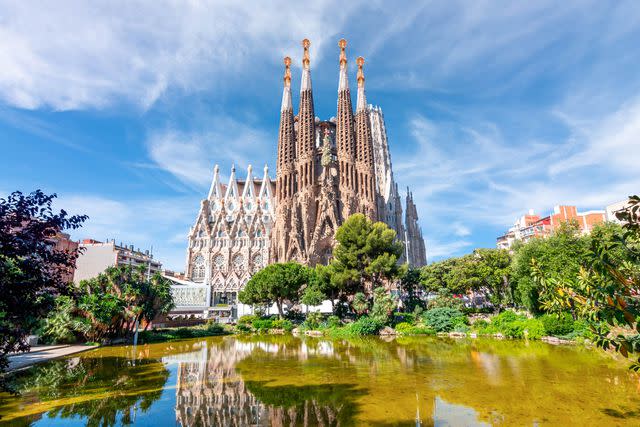
Vladislav Zolotov/Getty Images
Barcelona, Catalonia’s capital, is home to numerous landmarks designed by celebrated Catalan architect Antoni Gaudí, but none more famous than La Sagrada Família, which holds the distinction of the largest unfinished Catholic church in the world. Its ogival windows, flying buttresses, twisted towers, and religious carvings make it one of the most beautiful places in Europe.
Catedral-Basílica de Santa María de Mallorca
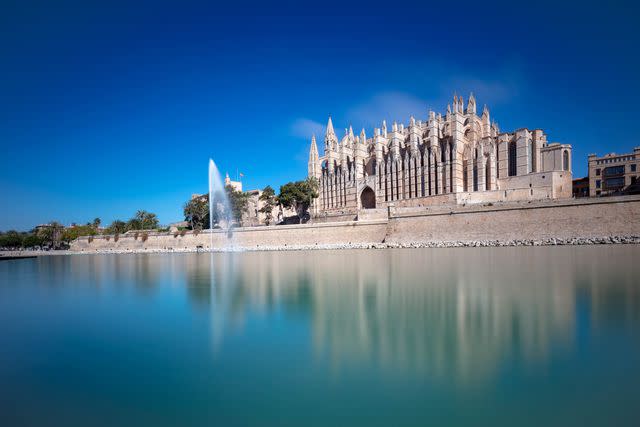
Pawel Toczynski/Getty Images
The Cathedral of Santa Maria of Palma, also referred to as La Seu, stands as an emblem of the city. Constructed at the behest of the Crown of Aragon on the site of a Moorish-era mosque, the impressive landmark shows off Catalan Gothic architecture mixed with Northern European influences and sea views.
San Sebastián
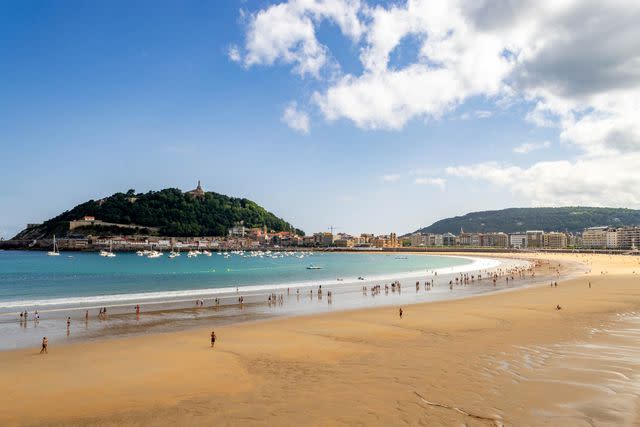
Natalia Ordasi/Getty Images
Foodies flock to San Sebastián, the pearl of the Cantabrian Sea. This legendary culinary destination in northern Spain is beloved for its Basque cuisine and abundance of Michelin-starred restaurants helmed by some of the most talented chefs in the world. In between pintxos bars and fine dining, be sure to hit the golden beaches and explore the atmospheric Old Quarter.
Sierra Nevada National Park
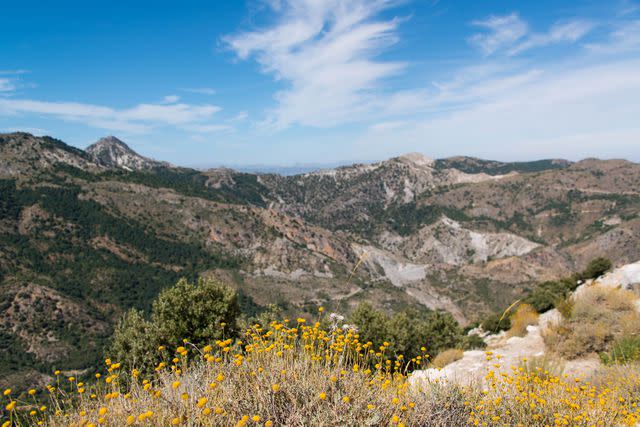
Stefan Cristian Cioata/Getty Images
Snow-capped peaks define Sierra Nevada National Park. Not only does this protected area in the Andalusian provinces of Almería and Granada boast the highest mountains in continental Spain, but it’s also home to many rivers, verdant meadows, pine groves, and wildlife such as mountain goats and golden eagles.
Royal Alcázar of Seville
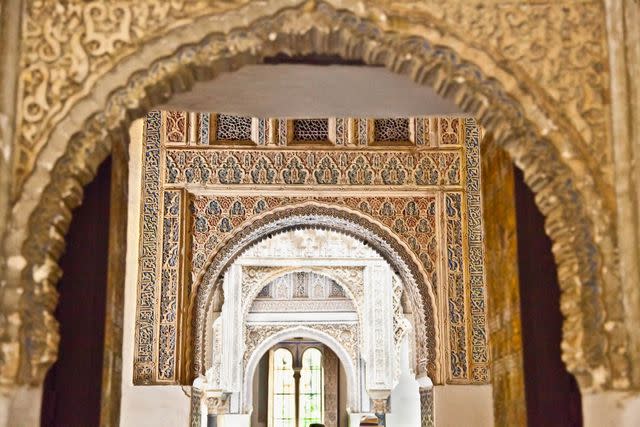
master2/Getty Images
The Royal Alcázar of Seville tells an interesting story reflective of Spain’s past. It was built for King Peter of Castile by Castilian Christians, but it actually sits on the site of an Abbadid Muslim alcázar, or palace. Over the years, many generations and cultures have left their mark on the palace through elaborate tilework, ornamental carvings, tapestries, and museum-quality art.
Valldemossa
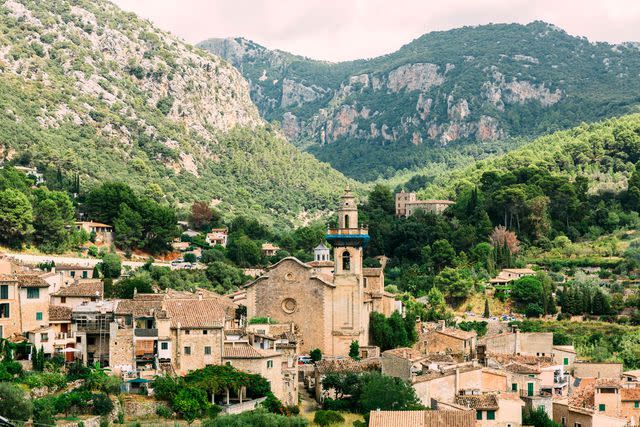
Alexander Spatari/Getty Images
The beautiful hilltop village of Valldemossa on the northwest coast of Mallorca feels far away from the capital (though it’s only 20 minutes away). Narrow streets wind toward the Royal Carthusian Monastery (Real Cartuja), a former royal palace that was later gifted to monks. Visitors can learn more about the town’s cultural heritage at Costa Nord.
Santa Iglesia Catedral Primada de Toledo
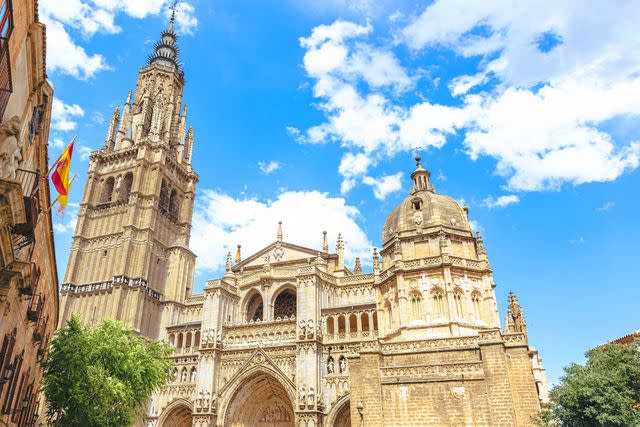
Fernando Valero Lopez/Getty Images
A must-see on any visit to Toledo, Santa Iglesia Catedral Primada de Toledo is a Roman Catholic church and masterclass in Spanish Gothic architecture. Highlights include stained-glass windows, soaring arched ceilings, flying buttresses, frescos, and a gallery filled with paintings by El Greco.
Cap de Formentor
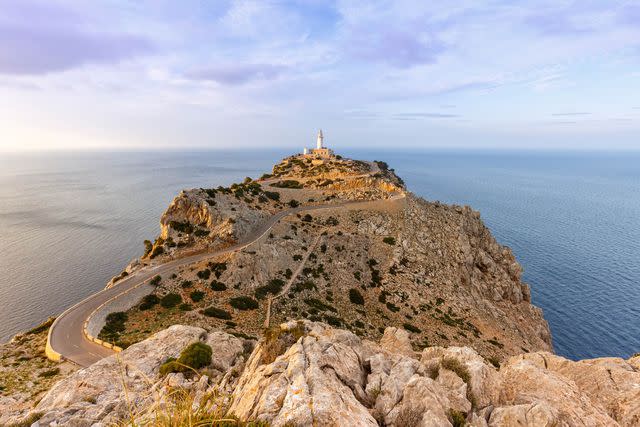
Boarding1Now/Getty Images
The northern tip of Mallorca, Cap de Formentor seems almost unreal with its dramatic, windswept, natural beauty and lack of tourists. This off-the-beaten-path promontory has a remote allure with near-empty beaches, pine forests, winding roads, and the azure waters of the Mediterranean Sea.
Prado Museum

Europa Press News/Contributor/Getty Images
The Prado Museum in Madrid serves as the main repository for national art. It boasts a truly spectacular collection of works by Spanish masters — paintings, prints, drawings, photographs, and sculptures — and showcases the talents of European artists throughout history as well.
Ciudad de las Artes y las Ciencias
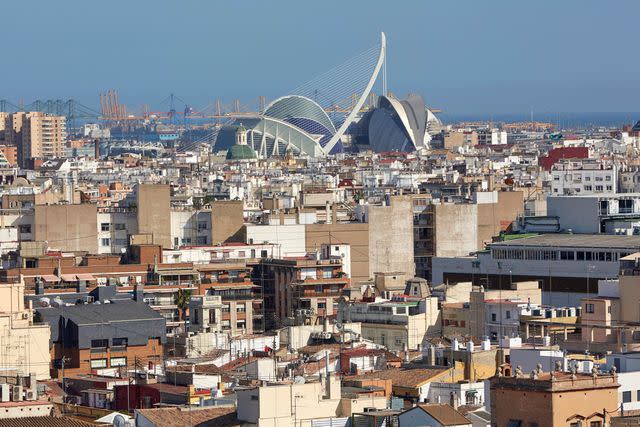
Allan Baxter/Getty Images
The most significant and snap-worthy modern tourist attraction in Valencia, Ciudad de las Artes y las Ciencias is a futuristic-looking cultural complex that was designed by local architect Santiago Calatrava and features a ship-shaped opera house, IMAX dome theater, interactive science museum, open-air art gallery, and the largest aquarium in Europe.
Plaza de España
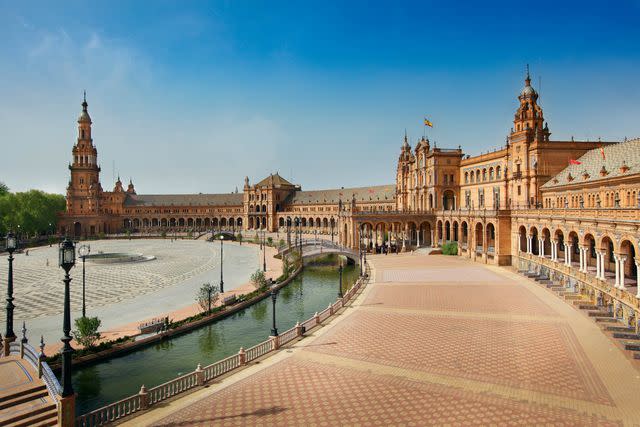
alvarez/Getty Images
While Seville certainly isn’t lacking in photogenic landmarks, the Aníbal González-designed Plaza de España inside the Parque de María Luisa should be at the top of your list. Erected ahead of the Ibero-American Exposition of 1929, the famous plaza is truly show-stopping with grand buildings, a large fountain, canals, and tile-ornamented bridges.
Rioja Alta
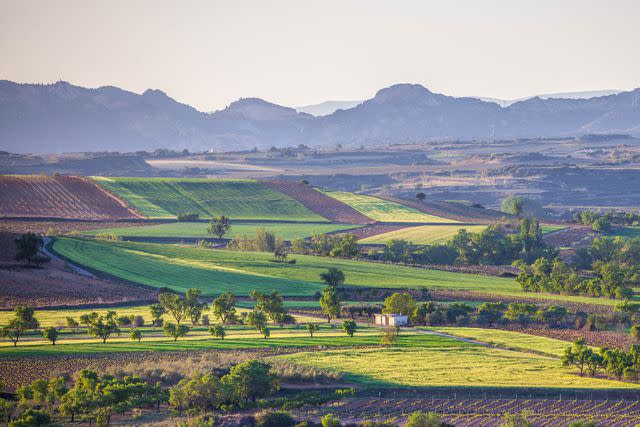
Sima_ha/Getty Images
The westernmost of the three Rioja subregions, Rioja Alta is known for its vineyards that cling to the slopes of the Sierra Cantabria hills. If you want to soak in the colorful scenery, learn more about production methods, and sip world-class tempranillo, plan a tour and tasting at a few of the bodegas near the town of Haro.
Casa de Campo
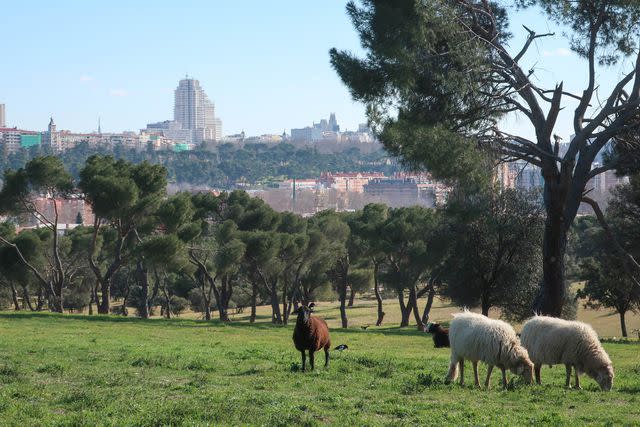
Javisanx/Getty Images
Casa de Campo in Madrid covers 1,723 hectares (for anyone doing the math, that makes it five times the size of Central Park in New York City) of verdant fields, forests, multi-use walking and cycling paths, tennis courts, a lake for boating, and even an amusement park, zoo, and aquarium.
For more Travel & Leisure news, make sure to sign up for our newsletter!
Read the original article on Travel & Leisure.

